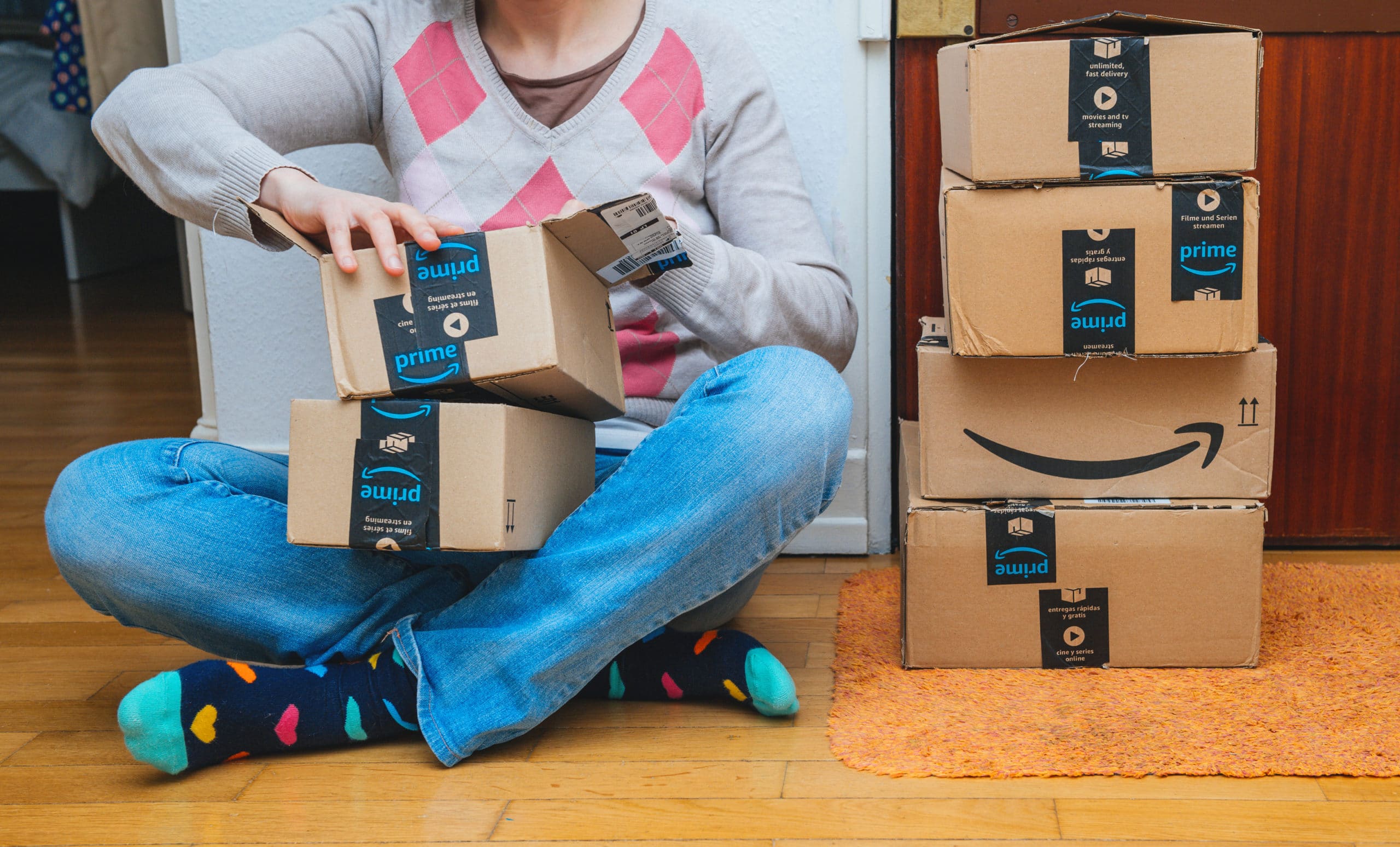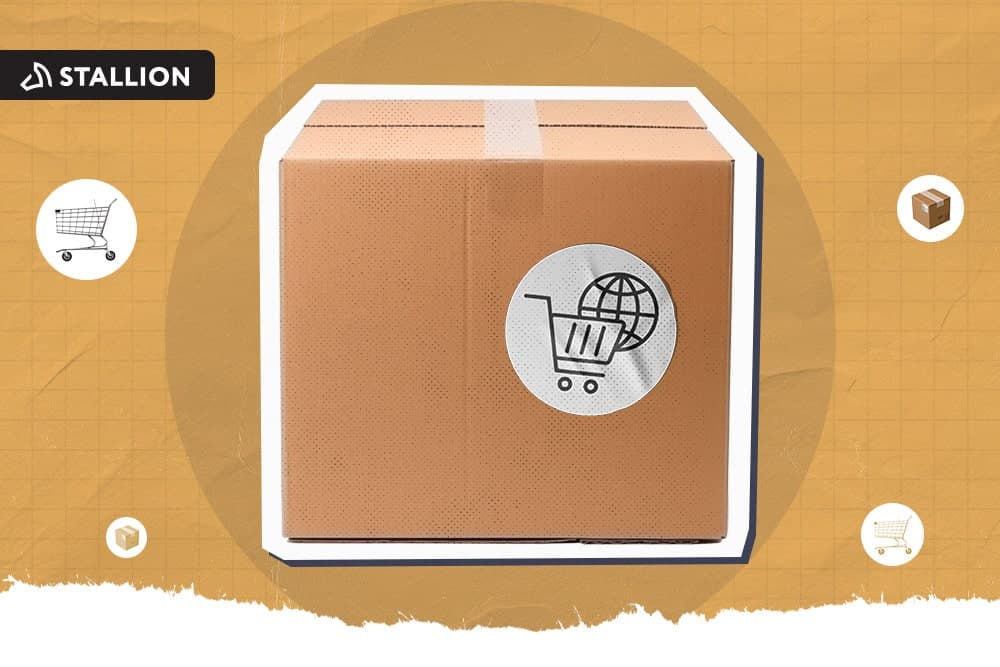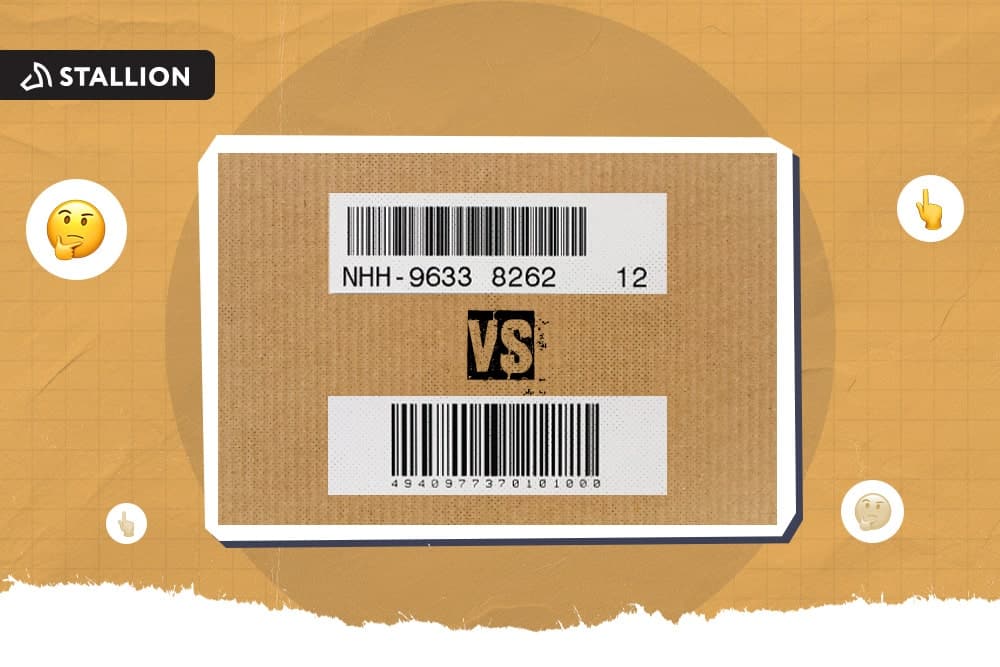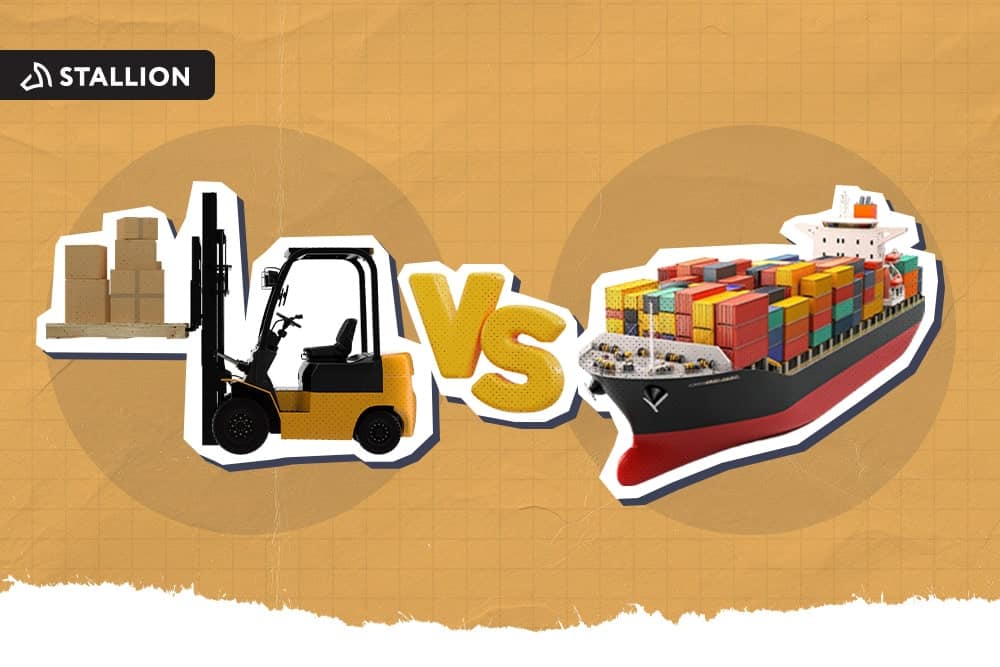
Amazon is the face of the modern e-commerce industry and one of the world's most valuable companies. Its online platform is flocked with shoppers who are enthusiastic about buying products, and sellers who are equally motivated to profit through the Amazon brand. 2019 data shows that Amazon sells products worth $4,700 every second, $280,000 every minute, and approximately $17 million every hour— a clear testament that the platform won't be going anywhere soon.
A considerable portion of Amazon's generated wealth is through its FBA Program. Ever since it launched in 2012, more and more sellers are beginning to register their e-commerce businesses to the Amazon FBA Program, and it's not hard to tell why. As part of the company's goal to revolutionize the e-commerce fulfillment process, Amazon found a strategic way to handle end-to-end solutions for sellers. As a result, a 2019 article posted by G2 Learning Hub showed that businesses enrolling in Amazon FBA saw a 30% to 50% increase in sales.
While FBA is an essential tool for success on Amazon, small and medium-sized businesses usually have a hard time financing the program. For one, Amazon FBA shipping rates are demanding, and it is considered a long-term investment by most entrepreneurs. This article is about trying to outsmart these FBA costs, so you can streamline your Amazon international shipping process and ultimately maximize your sales.
As a new Amazon entrepreneur, seeing all the FBA costs add up so quickly can be overwhelming. However, if you're too afraid to take a little risk, you might also miss out on the beauty of Amazon FBA. If managed effectively, it's a long-term investment that will allow you to reach more customers and boost your profits.
We've simplified these Amazon FBA costs and separated them into three main sections:
Only if you familiarize yourself with the basics of these three different costs will you create a sound financial strategy. Remember, you still have to factor in your monthly Amazon account and sales fees on top of these costs above, so you have to be prepared!
You know a thing or two about FBA fees, but now we will focus on managing Amazon FBA shipping rates.
The first and most practical way to outsmart Amazon FBA shipping costs is to analyze which products you will send to warehouses. After all, Amazon FBA only looks at the size and weight requirements for initial cost calculations. Since your end goal is to have an optimal return of investment with the FBA Program, we suggest only sending products that are priced higher than other items.
For example, if you have a product priced at $5 and another product at $50, it's illogical to send the $5 item if you want to have decent returns.
Heavy and oversized products will cost you more, so it's better if you stick to the right size and weight requirements. Amazon charges penalty fees on a per-item basis, so imagine paying extra for each item you send to the FBA warehouse!
To give you an idea, penalty fees for overweight/oversized products cost between $8.50 (for small parcels) and $137 (for individual, oversized items). Some businesses may send a few oversized items, fully knowing that extra fees exist, but they only do so if they can still ensure a profitable return once the items get sold.
Another significant disadvantage to heavy and oversized items would arise when you decide to store them in an Amazon warehouse. FBA long-term storage fees are calculated by cubic meters, so heavy or oversized items will cost more since they take up more space.
Assuming you ship everything you sell on the Amazon Marketplace, shipping is 50% of your entire business operation. Failing to calculate your shipping costs is undoubtedly a recipe for disaster, so you should know how much you have to pay down to the last penny.
A simple "Amazon ship US to Canada" Google search or FBA inquiry doesn't hurt, especially for newbie sellers with operations in Canada. For instance, if you try selling a $3 wine glass package and think the entire packaging, storing, and shipping process to Canada is not worth your time, you have to rethink your FBA strategy and probably move on to a different product.
The secret to outsmarting Amazon FBA is knowing which products are worth the service, so calculate your shipping fees in advance.
Bundling items together is a genius move that savvy FBA entrepreneurs do to save on FBA shipping costs. Amazon's FBA shipping costs are calculated per item. If an entrepreneur decides to sell 20 identical products, he/she has to pay for 20 different shipment fees. To combat this, resourceful sellers thought of this reasonably straightforward formula: You tie or pack multiple items into a single product, and have Amazon ship it using only a single shipment box.
The only tricky part of the bundling technique is meeting each shipment box's size and weight requirements. If you bundle your products, but you still have to pay for oversize and overweight fees, then doing it is practically useless. Ensure you group your items strategically, so you only reduce your spending and not pay for other penalties.
The Amazon FBA Inventory Performance Dashboard is a useful tool for FBA sellers to monitor their inventory movement and productivity. Smart entrepreneurs know that real-time data matters— if they notice a product doesn't move much or isn't selling as well as others, they immediately grab it off the warehouse to reduce long-term costs. On top of monitoring capabilities, it also acts as a bot consultant that provides suggestions on how you can better manage your FBA inventory. From stranded inventory actions to excess inventory and restock tips, the Inventory Performance Dashboard is helpful.
The dashboard is also useful for achieving a higher score on the Inventory Performance Index (IPI). Amazon tracks the inventory performance of all its sellers every quarter, and sellers with higher ratings get unlimited storage for their inventories. Those who score lower are given a strict storage limit and subsequent over storage fees.
Amazon may have pre-determined shipping rates for its FBA Program, but that doesn't mean you can't navigate it and reduce your shipping costs. Savvy entrepreneurs formulate strategic business plans, know the Amazon shipping process's ins-and-outs, and are aware of all the tools that can help them boost their sales even more.
The Amazon FBA Program inevitably sets you up for potential success. With the ability to tap millions of customers and ride the coattails of Amazon's success, skyrocketing your e-commerce business to the next level is possible. To achieve this, minimizing FBA shipping costs should be one of your top priorities.
If you're interested in hiring a reputable Amazon shipping company, we at Stallion Express have a team of shipping professionals who can ship directly to FBA warehouses for affordable prices. Book an appointment today!



Can our fellow Torontonians relate?
-
#smallbusiness #business #entrepreneur #socialmedia #shipping #ecommerce #canadianecommerce #shopify #poshmark #b2b #saas #etsy #ebay #canada #canadiansmallbusiness #shoplocalcanada #entrepreneur
#toronto

Here’s your quick hassle free shipping from 🇨🇦 to 🇺🇸 as a business owner!
-
Any questions?! Leave them 👇🏻 and save this video so you don’t forget!
-
#smallbusiness #business #entrepreneur #socialmedia #shipping #ecommerce #canadianecommerce #shopify #poshmark #b2b #saas #etsy #ebay #canada #canadiansmallbusiness #shoplocalcanada #entrepreneur

Meet @drinkbenny a 🇨🇦 female founded energy drink brand! Instead of focusing on their products, they’re taking a unique approach by hosting in person events in different Canadian cities to offer an experience for their community 🧡
-
What are your thoughts on in person events? 💭
-
#smallbusiness #business #entrepreneur #socialmedia #shipping #ecommerce #canadianecommerce #shopify #poshmark #b2b #saas #etsy #ebay #canada #canadiansmallbusiness #shoplocalcanada #entrepreneur

Do you know the difference between DDU and DDP when shipping internationally 🌏 ?
-
Questions? Leave them below! 👇🏻
-
#smallbusiness #business #entrepreneur #socialmedia #shipping #ecommerce #canadianecommerce #shopify #poshmark #b2b #saas #etsy #ebay #canada #canadiansmallbusiness #shoplocalcanada #entrepreneur

Here’s a quick hack to save time from choosing multiple postage options
↪️ Turn on the lowest postage rate automation to save you time!
-
Questions? Leave them below! 👇🏻
-
#smallbusiness #business #entrepreneur #socialmedia #shipping #ecommerce #canadianecommerce #shopify #poshmark #b2b #saas #etsy #ebay #canada #canadiansmallbusiness #shoplocalcanada #entrepreneur
